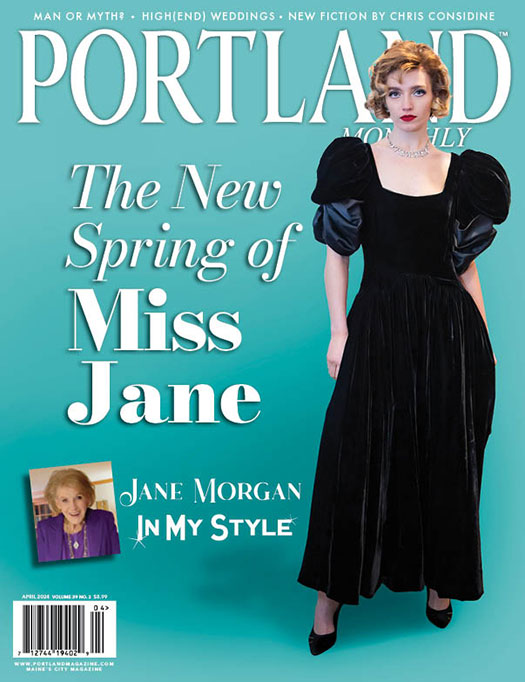Should a mystic river share a byline?
By Colin W. Sargent
At the end of a serpentine driveway nestled in the embrace of the York river is a mansion designed by society architect Guy Lowell. Sheltering screens of trees add drama to this Greek Revival classic.
In spite of the waterway’s charm, it’s a tiny, diamond-shaped artist’s studio that deserves the first spotlight. In this studio, with sweeping views of the river, Harvard’s Herbert Feis (1893-1972), wrote the most famous of his 13 books, Between War and Peace: The Potsdam Conference, in 1961. Daring and sagacious, it turned out to be a crystal ball for the Cold War. Generations and renovations later, David Walley, a rock and roll critic who ghosted books on David Bowie, Bob Dylan, Bobby Darin, took over Feis’s desk. Here, Walley penned No Commercial Potential: The Saga of Frank Zappa & the Mothers of Invention. Walley—an influential Cameron Crowe type—made friends easily. He was arts editor of Los Angeles Free Press and a columnist with Jazz & Pop Magazine and the East Village Other. During his many summers here, Walley invited pals like Eric Clapton to rub this place for good luck during extended visits. A frequent guest was Kurt Vonnegut.
Read the full story in the digital magazine above.






0 Comments